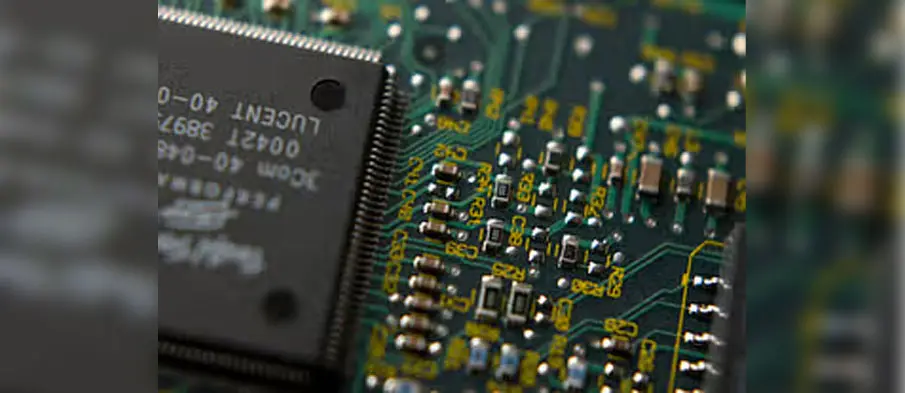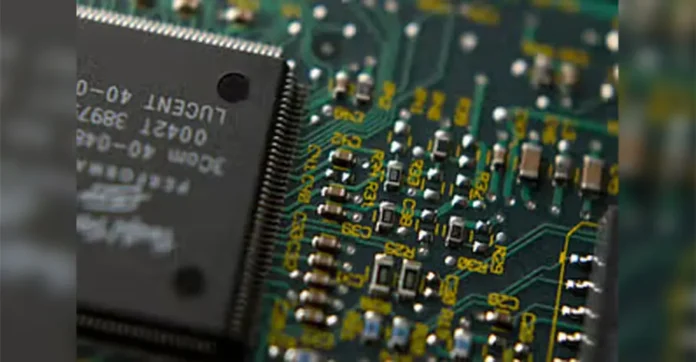
The Ministry of Electronics and Information Technology (MeitY) has given its approval for a ₹417 crore electronics manufacturing cluster in Gautam Buddha Nagar, Uttar Pradesh. Spearheaded by the Yamuna Expressway Industrial Development Authority (YEIDA), the upcoming facility will be strategically located near the Noida International Airport.
Designed to attract investment worth ₹2,500 crore and generate over 15,000 employment opportunities, the cluster will provide ready-to-use infrastructure, shared amenities, and streamlined clearance processes to manufacturers in the electronics sector.
Highlighting the site’s logistical strengths, Union Minister Ashwini Vaishnaw remarked, “The location gives the cluster strong logistics access.”
This development falls under the second phase of the Electronics Manufacturing Cluster scheme, known as EMC 2.0. According to the Centre, the initiative has so far attracted investments totaling around ₹30,000 crore from 520 companies, resulting in the creation of more than 86,000 jobs.
EMC 2.0 aims to strengthen domestic capabilities in critical areas such as semiconductors, display technologies, electronic components, and IoT devices. The overarching goal is to reduce reliance on imports and enhance India’s global competitiveness in electronics manufacturing.
The scheme aligns with the broader national programs like Make in India, Digital India, and Semicon India, reinforcing India’s ambition to emerge as a global hub for electronics production.
With tech giants like Apple and Google already setting up manufacturing operations in India, attention is now shifting to deepening local production of components and other electronics.
Earlier this year, the Union Cabinet also approved a production-linked incentive (PLI) scheme focused on non-semiconductor electronic components, backed by an outlay of ₹22,919 crore. The government expects this to draw investments worth ₹59,350 crore and lead to the production of goods worth ₹4,56,500 crore.
In a further push, recent regulatory relaxations for special economic zones (SEZs) have made it easier to set up electronics manufacturing facilities. The required land area for electronics SEZs has been reduced from 50 hectares to 10 hectares, and from 20 hectares to just 4 hectares for multi-product SEZs. Moreover, companies are now allowed to use mortgaged or leased land and benefit from increased flexibility in inventory and sourcing.





